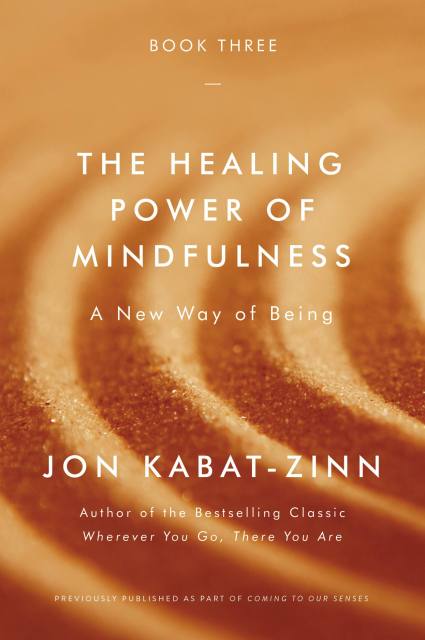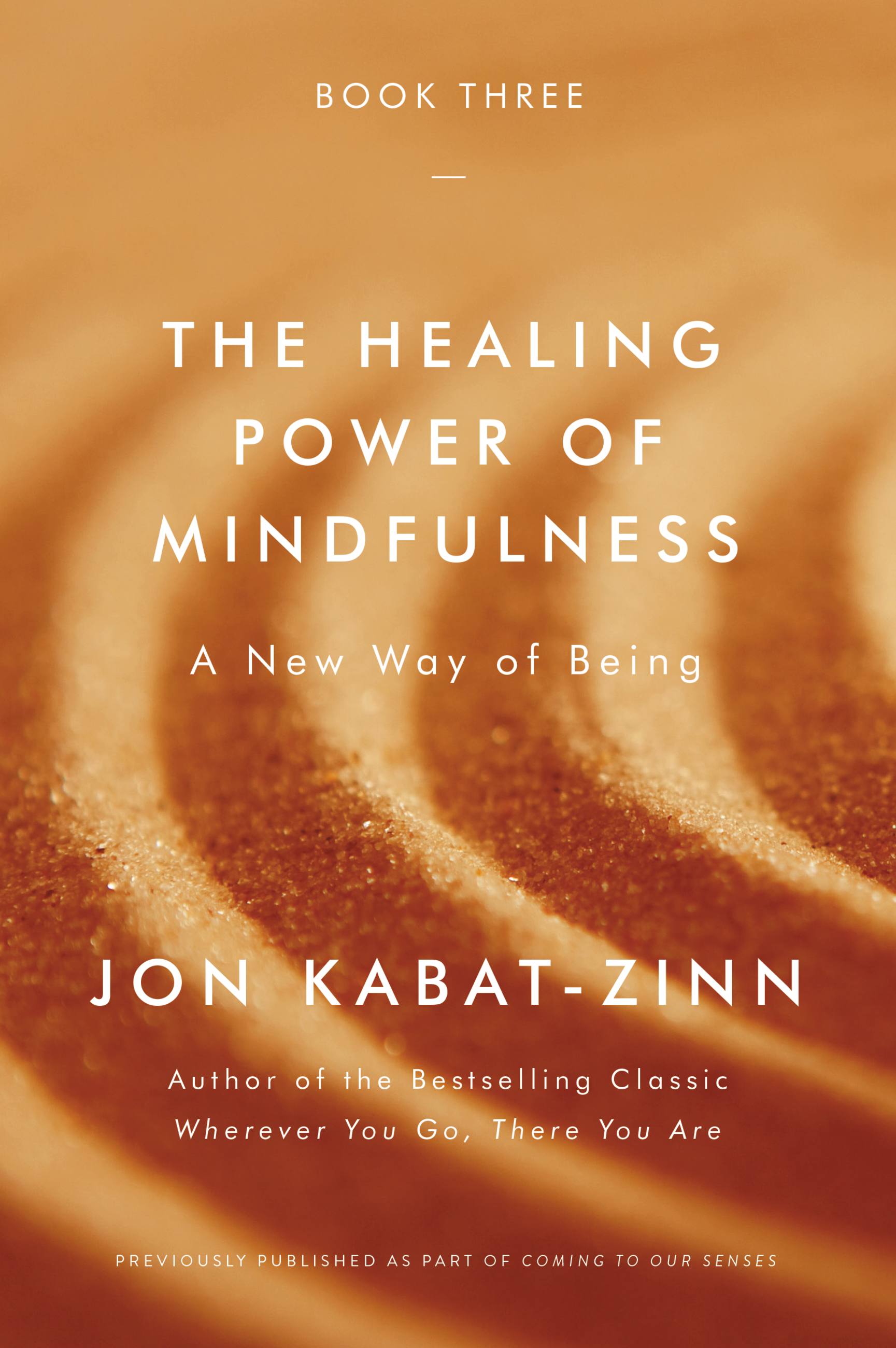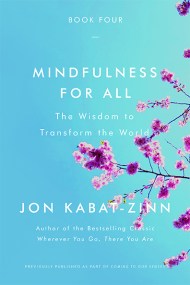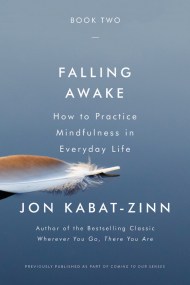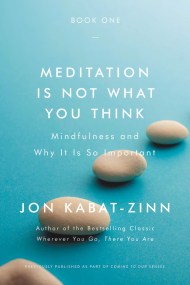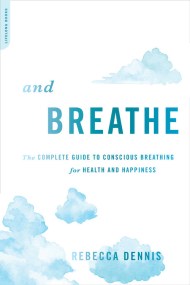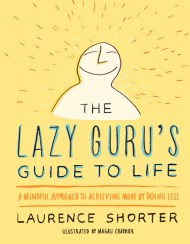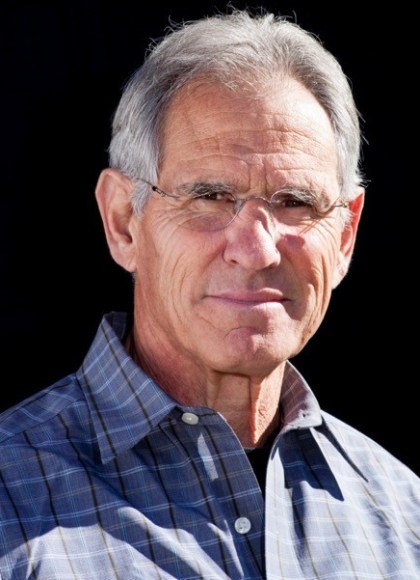Promotion
Use code MOM24 for 20% off site wide + free shipping over $45
The Healing Power of Mindfulness
A New Way of Being
Contributors
Formats and Prices
Price
$9.99Price
$12.99 CADFormat
Format:
- ebook $9.99 $12.99 CAD
- Audiobook Download (Unabridged)
- Trade Paperback $17.99 $22.99 CAD
This item is a preorder. Your payment method will be charged immediately, and the product is expected to ship on or around November 20, 2018. This date is subject to change due to shipping delays beyond our control.
Also available from:
More than twenty years ago, Jon Kabat-Zinn showed us the value of cultivating greater awareness in everyday life with his now-classic introduction to mindfulness, Wherever You Go, There You Are. Now, in TheHealing Power of Mindfulness, he shares a cornucopia of specificexamples as to how the cultivation of mindfulness can reshape your relationship with your own body and mind–explaining what we’re learning about neuroplasticity and the brain, how meditation can affect our biology and our health, and what mindfulness can teach us about coming to terms with all sorts of life challenges, including our own mortality, so we can make the most of the moments that we have.
Originally published in 2005 as part of a larger book titled Coming to Our Senses, The Healing Power of Mindfulness features a new foreword by the author and timely updates throughout the text. If you are interested in learning more about how mindfulness as a way of being can help us to heal, physically and emotionally, look no further than this deeply personal and also “deeply optimistic book, grounded in good science and filled with practical recommendations for moving in the right direction” (Andrew Weil, MD), from one of the pioneers of the worldwide mindfulness movement.
Genre:
- On Sale
- Nov 20, 2018
- Page Count
- 256 pages
- Publisher
- Hachette Books
- ISBN-13
- 9780316522052
Newsletter Signup
By clicking ‘Sign Up,’ I acknowledge that I have read and agree to Hachette Book Group’s Privacy Policy and Terms of Use
